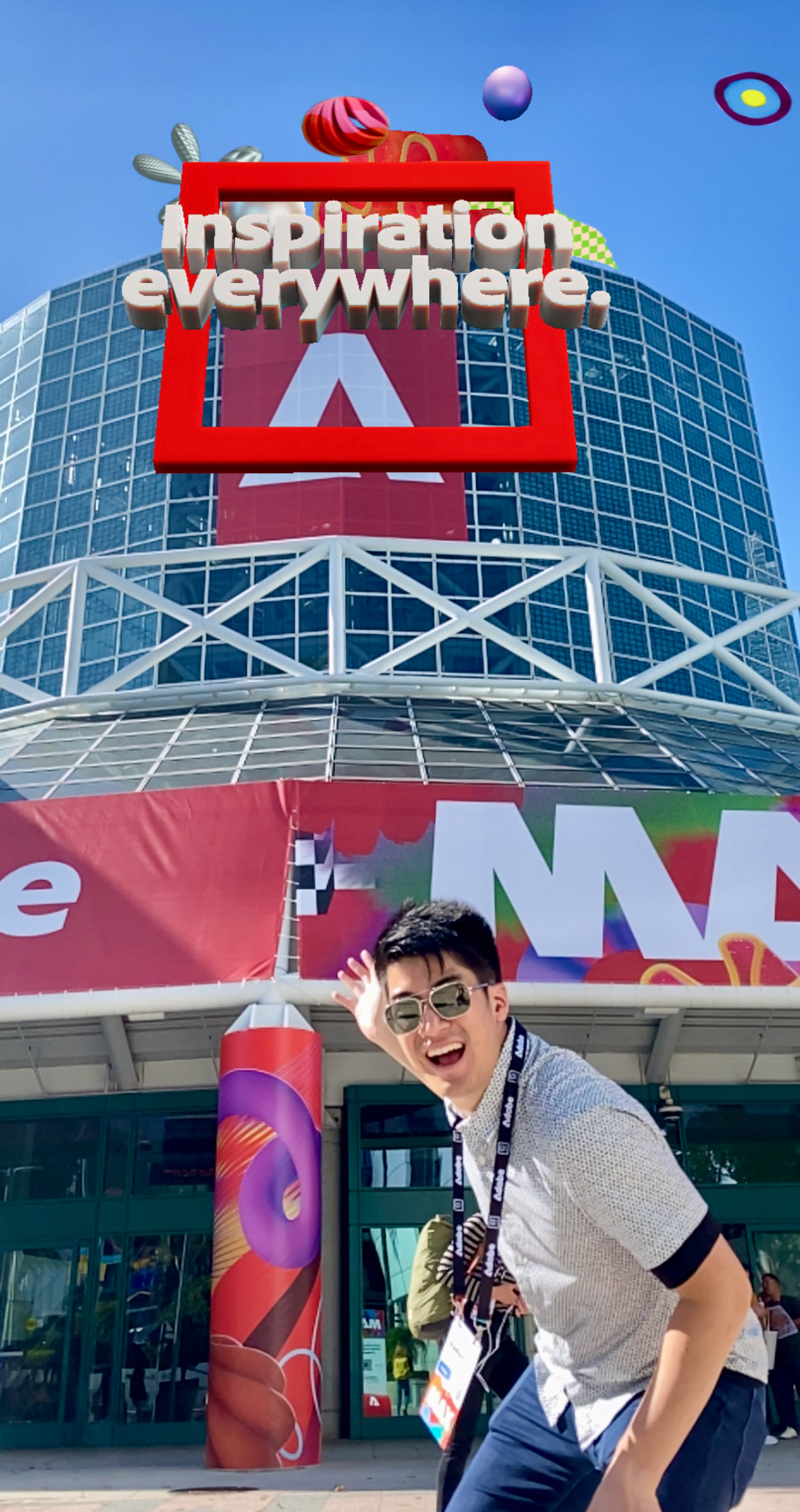Five Tips for Sharing your Aero Scene
You've got a great idea for an AR experience to share with the world! But before you blast it out through the intertubes, you'll want to make sure it's crafted to land with maximum impact. Here are a few tips for sharing an Adobe Aero scene that will improve your viewers' experience.View the RoboBuddy example on your iOS device


1. Customize your share link
When you share your Aero scene, there are a few ways to give it some extra flair. In the share flow, you can replace the auto-generated project image with a custom thumbnail by tapping the Edit Thumbnail icon. You can also edit the shared project name by tapping on the Title.



2. Share a Link, QR codes, or both?
QR codes are good when you think a customer can point their phone at it. This might be on printed material, or on the desktop version of a website. Links are effective when you think your viewer will be on their mobile device, and can just tap to open on their phone. Maybe you'll want to combine both, to make sure all your users are able to open the content - as shown at the top of the article.
Whichever method you use, definitely test your QR codes and links to make sure they work before sharing them publicly!
3. Manage your links
To find a link you've made in the past, visit assets.adobe.com/links on your desktop browser where you can view and copy the links to your previous shares.

4. Design for fast loading and mobile processors
People can easily be put off by waiting too long, so you'll want to make sure your project is as lightweight as possible.
The smaller the better, but keep your maximum share size under 40MB - you can preview the estimated project size by going to the share screen.
Avoid 3D models with too many polygons or large textures. If you're sourcing your assets from 3D websites, try refining your search for options designed for mobile devices. Look for a polygon count under 100,000 and textures that are 2K or under. If you're comfortable with 3D programs like Blender, you can reduce the resolution of textures to save memory and disk space.
5. Control what's visible on load
When someone loads your Aero scene, you may want some things to be visible, and others to be hidden. Perhaps you want the loading moment to be a branded element, which will then transition into the main scene, like the Robo Buddy example.
To control if something is visible on load, open the scene graph, and use the visibility toggle eye icon to hide the object. To make the object appear later, use a Show action that happens on Start or Tap.



Share your creation!
With these sharing tips you your viewers will have even better Aero experiences! Share your creations with me using the #AdobeAero hashtag, at @kpimmel on Twitter and @hello_im_kim on Instagram!


